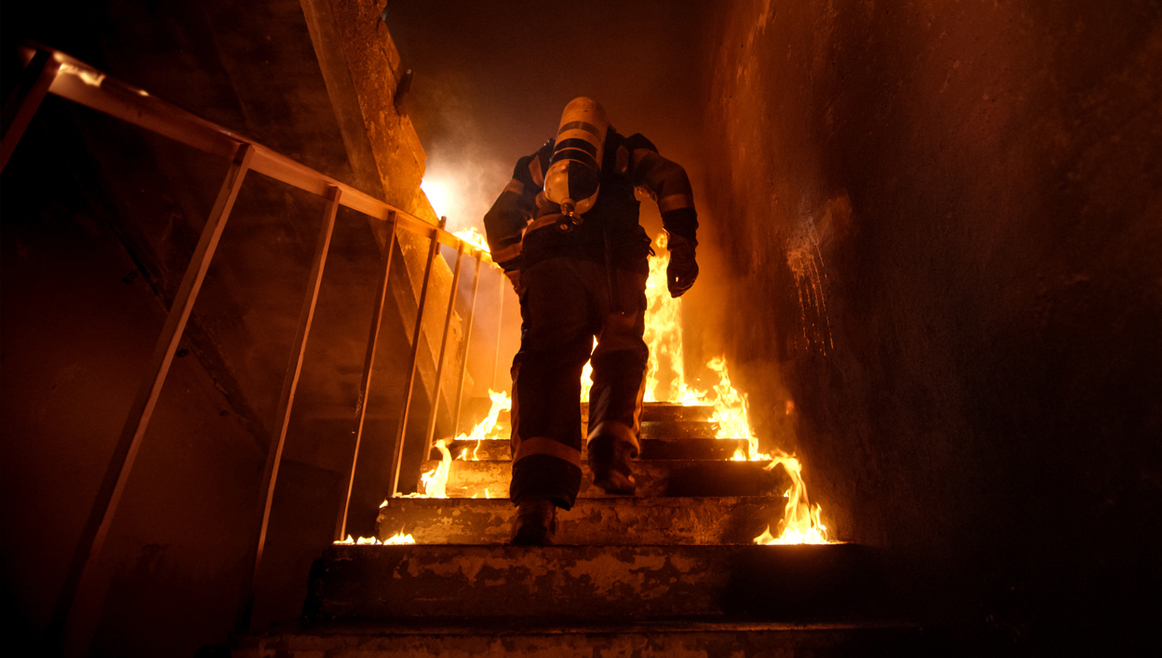Following the Grenfell tragedy in 2017, the introduction of the Building Safety Bill is a result of the concerns raised around fire safety and confusion around the roles and responsibilities of those involved in the construction process. The Bill’s objective is to strengthen the regulatory system for building safety, ensuring that there is greater accountability for the design and construction of buildings throughout their lifecycle.
The Bill is part of continuous efforts to respond to the Grenfell disaster and recommendations made following the Independent Review of Building Regulations and Fire Safety. According to the Bill, residential buildings, care homes and hospitals are also considered higher-risk buildings if they are higher than 18 metres in height or have at least 7 storeys and have at least two residential units – and therefore will fall under the new regulation.
How can stakeholders prepare
The changes being introduced are wide-ranging and will have a significant impact on those involved in the construction and management of residential buildings. One of the key changes is the creation of a new Building Safety Regulator who will have three main functions: overseeing the safety and performance system for all buildings, encouraging the improvement of competence in the built environment sector, and leading the implementation of the new regulatory regime for higher-risk buildings. The Regulator will set minimum performance standards that building control bodies must meet, as well as continuously assess the performance of building control bodies with investigatory powers when they breach the standards.
The Bill will also introduce duty holders who will be responsible for a building’s safety at different points in its lifetime, with mandatory reporting duties to the new Building Safety Regulator. The ‘building safety risks’ which must be addressed by duty holders have been clarified as being risks of ‘fire spread’ and ‘structural failure’.
The legislation defines three separate gateway points at which the building owner must demonstrate compliance during the design and building of a new high rise building. The first one will be during the planning process and will require those submitting planning applications to consider fire safety issues such as site layout, water supplies for firefighting purposes and access for fire appliances. The second gateway will take place before building work starts, and gateway three will occur before occupation of the building. In addition, a golden thread of information for new high-rise buildings will be developed throughout the design and construction phases, to ensure full transparency.
Addressing the current gaps in fire safety
The Bill creates an ongoing duty for the Accountable Person to assess the building safety risks relating to their building, to take all reasonable steps to prevent a building safety risk materialising, and to limit the severity of any incident resulting from such a risk. The purpose of an Accountable Person is to ensure that a person or corporate entity is responsible for the safety of higher risk buildings. The new regime comes with tough sanctions for those who break the rules, as those responsible for the safety of high-rise residential buildings will be personally liable for failings, with new criminal offences for the most egregious cases carrying the potential for two-year prison sentences.
The objectives of the Bill are to learn lessons from the Grenfell Tower fire by strengthening the whole regulatory system for building safety and ensuring that there is greater accountability and responsibility for fire and structural safety issues throughout the lifecycle of buildings.
At Compliance Group we undertake all aspects of both passive and automatic fire prevention, by providing comprehensive fire prevention and protection, ensuring complete fire safety compliance, including the design, installation, certification and maintenance of alarms, extinguishers, fire doors and curtains, compartmentalisation, and emergency lights. We deliver and administer end-to-end systems providing our clients with the peace of mind and preventing them from possible prosecution. Contact us at info@compliancegroup.uk to discuss how we can ensure your fire compliance and safety.
A nationwide
network of intelligent
compliance services.


